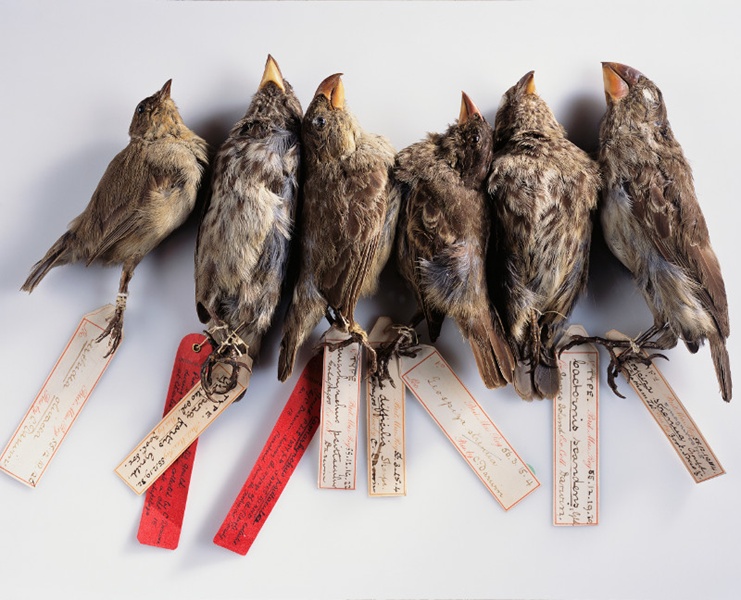Seymour Flops
Diamond Member
- Thread starter
- #41
I don't mind, at all. Caveat: In a short post, I can only skim the surface.
As a political issue, my main disagreement is quasi-religious fervor with which Darwinists cling to this idea. It is a non-scientific hypothesis, that cannot be tested. It is fine as an idea, but not as something we are expected to swallow whole as factual and to join in with the politically driven bullying of non-believers. It shouldn't be a political issue at all.
As a supposed science, I understand that it is not subject to experimentation, so it is not science in that sense, but natural history. As with other kinds of history, we look at what the past left behind to try to figure out what happened in the past. We can't prove any of it.
My main disagreement is how fantastically unlikely the process is.
Here is how one step in changes brought about by Darwinian evolution is supposed to happen:
1) A random mutation occurs, that causes the offspring of two members of a species to be the same species, but with a new trait.
2) That trait causes that individual to survive longer and reproduce more* than the other members of the same species.
3) When reproducing, that trait is passed on to the individual's offspring - even though that individual had to mate with an individual who did not have that new trait.
4) The descendants of that one individual - with a new trait created by a random mutation - survive and reproduce with such greater efficiency than the rest of the population that they replace the other non-mutated members or they move to a new habitat.
5) The new mutated version of the species is still the same species - otherwise the original mutant could not have mated with anyone - so with all those sub-steps, Darwinian evolution has still not take place with that one step.
6) Many (dozens? hundreds? thousands? millions?) of such coincidentally beneficial mutations take place, each time replacing non-mutated members or moving away from them, until finally the multiple mutated individuals are unable to mate and reproduce with the original non-mutated versions and so have become a new species.
There are 2.9 billion bits of information in human DNA, each of which supposedly evolved through the process described above, in less than 5 billion years. That's just human evolution The same thing happened for catfish, bumblebees and all other species.
Another disagreement along the same lines is the uselessness of transitional mutations in increasing survival and reproduction. "Transitional mutation" is my term. Darwinists do not have a term for it, because it is not a topic with which they are comfortable. Transitional mutations are the intermediate steps between an original species and a new species with a beneficial feature, such as a wing, or an eye.
For example, a wing helps a flying animal survive and reproduce. No one would argue that. But how did a non-winged animal evolve wings? More correctly, how did a series of random mutations produce a species similar to an existing species, but with wings?
If flying bats evolved from a non-flying rodent, how did that process start?
The Darwinist answer is this: Two non-flying rodents conceived a randomly mutated individual who had a physical feature that was a step in the direction of a wing (presumably a pair of them). That feature, while not a functioning wing, allowed that individual to survive and reproduce in much greater numbers than its non-mutated fellow species members. It passed that feature on, by mating with a non-mutated member or members.
Then, later (years? decades? centuries?) another completely random mutation occurred that moved that feature further in the direction of a working wing or wings. Though the wings are not yet working and will not for many, many more mutations, this future wing is somehow already aiding survival and reproduction to the point of excluding other members.
Is that completely impossible? No, but it is so unlikely that we must acknowledge that there is likely something very significant missing from that model.
According to Darwinian logic, flying evolved in mammals, insects, and reptiles, independently of each other. So that lengthy multi-step random process that led to flight happened at least three times. By coincidence.
Darwinists do have an explanation for this wing evolution. I'll leave it to one of them to post it. I don't know how to describe it without seeming to parody it.
*In actual fact, it is only the reproduce part that is important in evolution. If a random mutation caused an individual to only live half as long, but to have twice as many offspring (which all had the beneficial trait), that would satisfy the Darwinist requirement. "Survival of the fittest" should actually be "reproduction of the most fertile" or some such.

